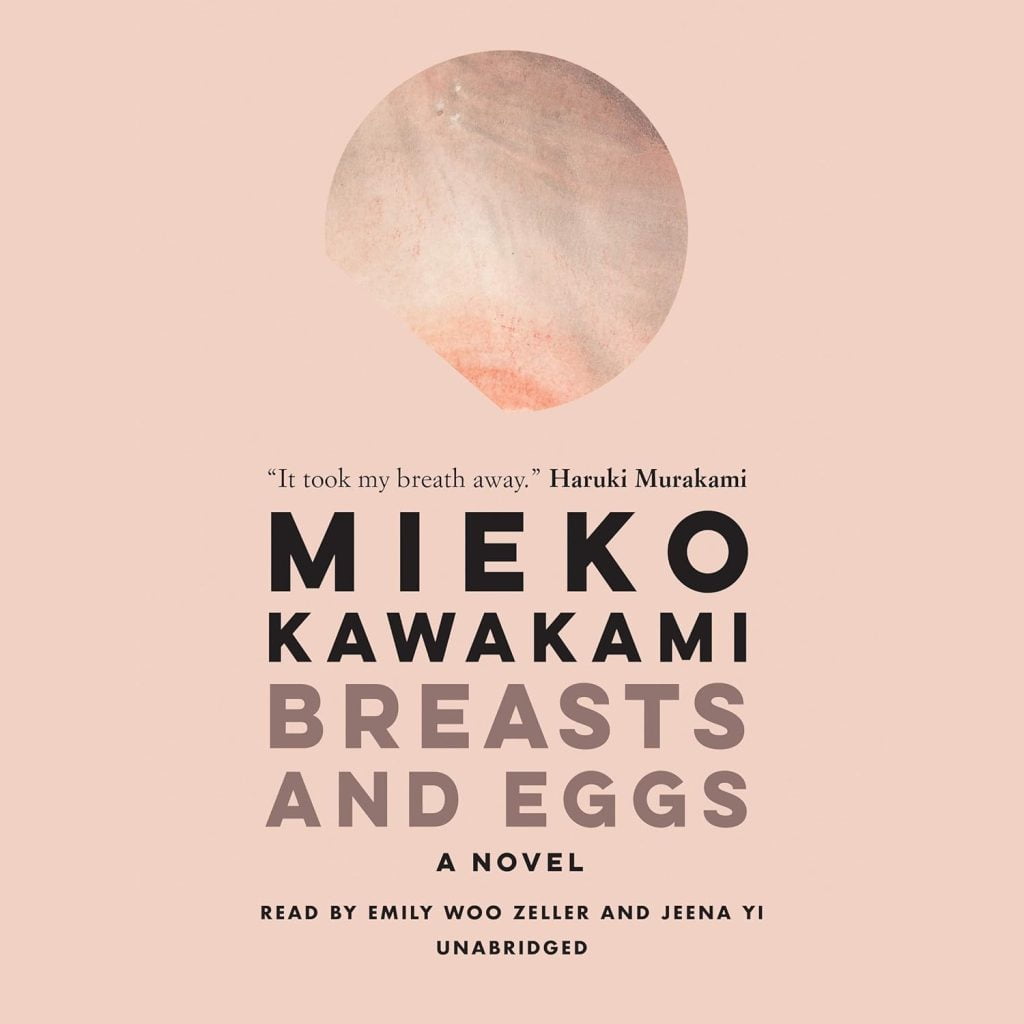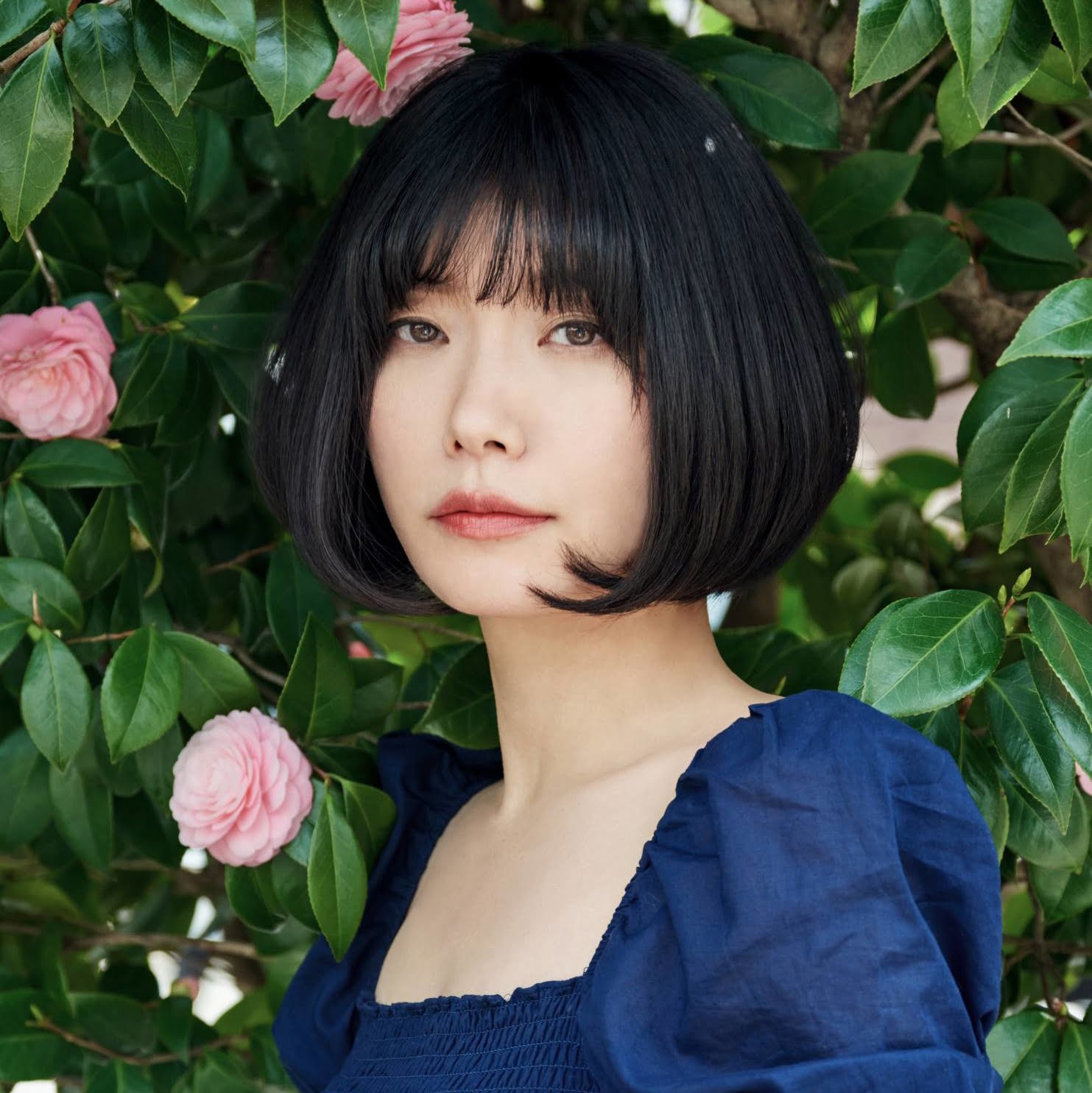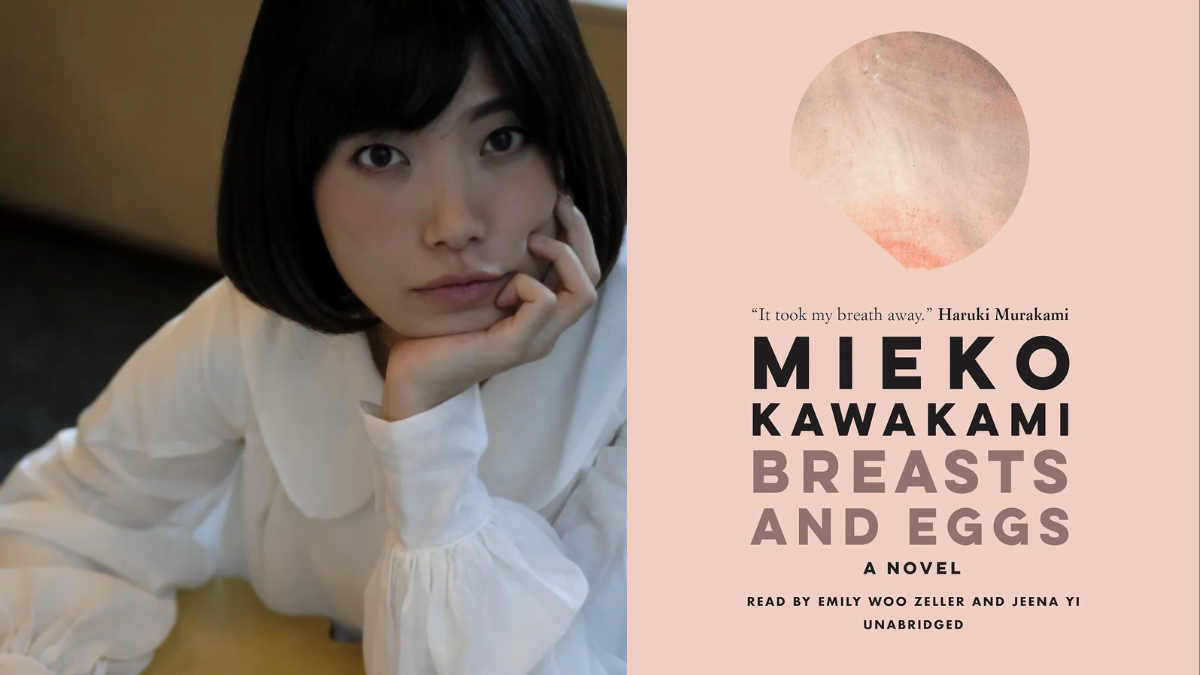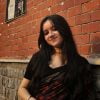Translated from the Japanese Chichi to Ran (2019) by Sam Bett and David Boyd, Mieko Kawakami’s Breasts and Eggs (2020) explores womanhood in post-modern Japan. The story revolves around Natsuko, an aspiring but unmotivated writer situated in Tokyo, her sister Makiko and Makiko’s teenage daughter Midoriko. The two sections of the book mimic the patriarchal reduction of women’s bodies into their aesthetic and reproductive ability only to subvert it. The first part of the book deals with Makiko’s overriding obsession with breast augmentation, and the second section follows Natsuko’s complex journey towards motherhood. Through its central characters, the novel weighs the pros and cons of technological interventions on women’s bodies.
Breasts and Eggs, and breast implants
Breasts and Eggs largely proceeds as a first-person stream-of-consciousness narrative told from the perspective of Natsuko, a working-class woman from Osaka, living in a poor suburb of Tokyo. In the first part of the book Natsuko’s older sister Makiko and her daughter Midoriko visit her from Osaka so that Makiko can undergo her breast augmentation surgery in the city. Makiko’s body contradicts the sexist and ageist values associated with the body of a young, ‘feminine,’ bar hostess. Much to the horror of her teenage daughter, Makiko is convinced that getting breast implants will significantly improve the quality of her life and the way she views herself. Though voluntarily silent for a significant part of the first section, Midoriko’s thoughts are made accessible to the reader through her journal entries. These entries reveal her frustrations with her reproductive capabilities and a strong disgust for her mother’s obsession with breast enlargement procedures.

As a deeply reflective teenager who has only recently come to terms with monthly menstruation cycles and enlarging chests, Midoriko fails to understand Makiko’s fixation on breasts. In a rebellious attempt to be an antithesis to everything that Makiko symbolises, Midoriko expresses the desire to discard the parts that define her as a sexual being, “Before I was even born, I already had everything I needed to have a baby of my own. In some ways, I was even more prepared than I am now. Set up to give birth, before I was even born…. I wish I could rip out all those parts of me, the parts already rushing to give birth. Why does it have to be like this?”
Along with the patriarchal ideals of ‘femininity,’ the ideological and aesthetic hegemony of the West also contributes to Makiko’s fixation. She is not only concerned with the size of her breasts but also the colour of her nipples. Through a conversation between Natsuko and Makiko, the reader finds out about Makiko’s countless, excruciatingly painful attempts to temporarily change the colour of her nipples to a pinkish hue.
The novel, Breasts and Eggs, therefore reflects how society instils an inherent self-loathing within women. While technological advancements provide women with greater choices and control over their bodies, the first part of the novel explores how these choices might still affirm patriarchal ideals about women’s bodies.
The catharsis of book one culminates in the scene where Midoriko finally talks to her mother while breaking eggs on herself. Apart from being a symbolic link connecting the book’s second part to the first, this scene unites Makiko and Midoriko’s experiences of pain, anger, shame and frustration engendered by their bodies.
Eggs and in vitro motherhood
The second part of the novel, Breasts and Eggs, deals with Natsuko’s journey towards motherhood. Though left unlabelled by the author, Natsuko’s experiences of sex indicate her asexual identity. Despite formerly having a partner, Natsuko verbalises how excruciating sex was for her, “It was bad. I couldn’t take it. I just wanted to die.” Conditioned by normative ideals of womanhood, Natsuko questions her gender identity, “Sometimes I wonder if I’m really a woman… I know I have the body of a woman. I have breasts like a woman, I get my period like a woman. When I was with that guy, there were times I wanted to touch him, and I wanted to be with him. But sex… opening my legs and having him inside me… was the worst.”

However, Natsuko, like her sister Makiko, turns to technological interventions which make it possible for her to have a child without engaging in sexual intercourse. In this part of the novel, Kawakami criticises the laws related to Artificial Insemination by Donor (AID) in Japan. She reveals how the laws only permit married, heterosexual couples to go through IVF treatments, leaving homosexual couples and people like Natsuko to resort to illegal procedures that may compromise their health and security.
The author further problematises the anonymity of the sperm donor, which strips the child of the ability to trace their donor. The novel also provides an insight into the lives of people who are products of Artificial Insemination and how gender shapes their views regarding such scientific interventions. While the male character Jun Aizawa’s contentions with AID solely relate to the identity crisis that he feels due to his inability to connect with his ‘biological father,’ Yuriko Zen’s hatred for it emerges from her inability to escape rape at the hands of a person she knew to be her father. Their varying, gendered experiences ensure that though Aizawa regains his faith in birth and reproduction, Yuriko’s views remain unchanged and scarred by her experiences.
Echoing the sentiment behind Midoriko’s journal entries, Yuriko argues that having children is an inherently violent act against the child, “Why do people see no harm in having children? They do it with smiles on their faces, as if it’s not an act of violence. You force this being into the world, this being never asked to be born. You do this absurd thing because that’s what you want for yourself, and that doesn’t make any sense.”
Despite Yuriko’s attempts to dissuade her, Natsuko decides to become a mother, claiming that she would rather be a failure than not try motherhood at all. Aided by Aizawa, Natsuko successfully undertakes in vitro fertilisation treatments and gives birth to a girl child. Though seemingly simplistic, the end of the novel sets precedence for a future where technological advancements can significantly improve the quality of the lives of women and people with non-confirming identities.
Breasts and Eggs explores the nuanced experiences of womanhood within contemporary Japanese society and the multi-faceted possibilities engendered by technological interventions. Makiko’s obsession with the idea of breast augmentation reveals the psychological conditioning that makes her adopt the ‘male gaze,’ while viewing her own body. While Makiko is influenced by patriarchal aesthetic expectations of women’s bodies, Midoriko vehemently flouts them. On the other hand, Natsuko fights against all odds to embark on her complex journey towards motherhood by having a child through IVF.
The novel thus challenges the normative understanding of ‘womanhood,’ and ‘femininity,’ and envisions a future in which patriarchal institutions such as families will become non-existent. The essence of this hope is aptly summarised in Rika’s words to Natsuko, “There will come a time when women stop having babies… we’ll reach a point where the whole process can be separated from women’s bodies, and we can look back at this time, when women and men tried to live together and raise families, as some unfortunate episode in human history.”
Note:
All excerpts from the novel have been quoted from the Picador publication of Breasts and Eggs (2020) by Mieko Kawakami, translated from Japanese by Sam Bett and David Boyd.
About the author(s)
Madhusmita Mukherjee (she/they) is a queer feminist writer and photographer from Assam who is passionate about advocating gender equality and social justice. She completed her postgraduation in English from the University of Delhi (2022-24). Her academic interest lies in gender studies, media memory and cultural studies. Her recent publication features in the Zubaan anthology Riverside Stories: Writings from Assam edited by Banamallika.





